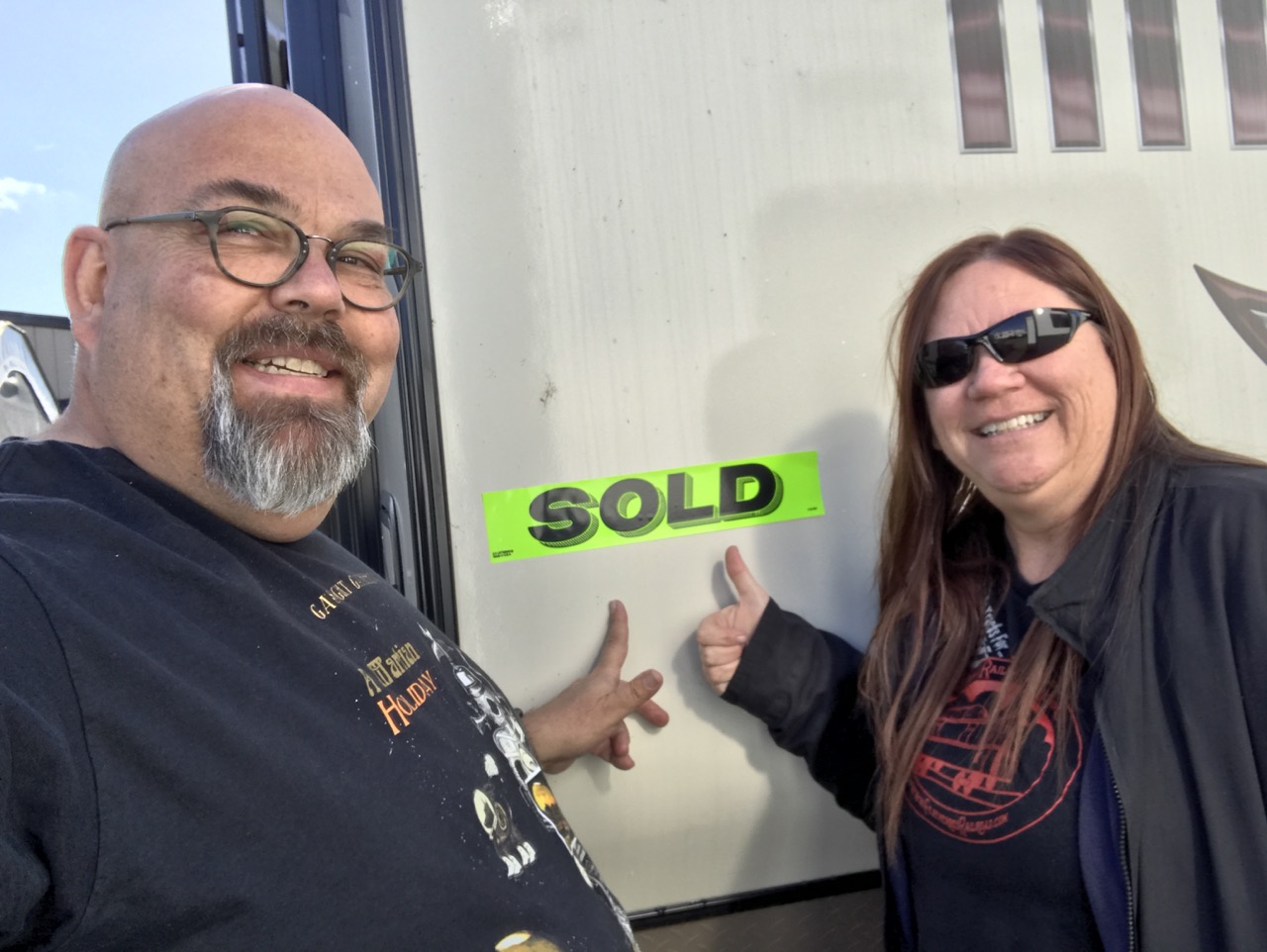A forklift company builds motorhomes
The Clark Cortez motorhome
Unusual vintage motorhomes are something I’m pretty fascinated with and one of my favorites, since childhood, is the Clark Cortez. So many things make this an unusual machine but my fascination started when I would pass one on my walk to school every day. I would peer in the windows of that thing just about every day and lust after it. This was the same time I actually bought my own Winnebago, which I still own.
But what makes the Clark Cortez so unusual include the fact that it was built by forklift manufacturer Clark. Beginning in 1963 the Clark Cortez hit the market and was fitted with Chrysler’s tried-and-true 225 cid “slant” six engine mated to a four-speed manual transmission driving the front wheels.
While there hadn’t been a front-wheel-drive passenger car produced in America since Cord went out of business in 1937, forklifts are typically front wheel drive so this was nothing new to Clark and it made sense that they use this in the Cortez.
What this afforded them was that the floor under the main body of the coach had no running gear whatsoever allowing it to sit low and flat such that, the original Cortez motorhomes had an entrance at the very rear of the vehicle that afforded a low step-in to the short 18 1/2 foot long motorhome.
By moving all the drive train to the front this also meant the whole vehicle could be lower, offering better handling, and this was further helped by a four-wheel independent suspension. While I’ve never ridden in a Cortez, owners tell me it rides better than a luxury car of the same era. That’s quite a statement.
But front drive wasn’t the Cortez’s only calling card in the world of the unusual. It also featured an on-demand water heater that was aided by engine exhaust giving you instant hot water and using fewer resources if the engine were hot.
There was also fully unitized steel construction. Essentially the sides, bottom and roof were all steel construction and welded together to form a single, unitized piece. This is why these motorhomes are in demand today and, aside from rust issues, you can find very, very solid examples despite the age of the vehicle.
There was also a door on either side for the driver and passenger much like a van and, again, not typical for motorhomes. The passenger seat would fold with a portion of the dinette to become a full-size bed and the rest of the dinette could be folded into a second full-size bed. This meant sleeping for up to four people.
Why would a forklift company build a motorhome? That’s the big question but they were reportedly considering branching the platform out to mobile offices and ambulances. The company even considered offering a travel trailer as well as various trucks based on the platform, but none of these materialized.
What did materialize is the Cortez used by Nasa to transport astronauts and that vehicle can be seen at the Cape Canaveral museum. There was also a “Heartmobile” built as well.
Even with the low height and relatively compact size of these vehicles, customers weren’t coming in droves so the company switched to Ford power in 1969 offering a 302cid V8 or Ford’s 300cid in-line six, but both still with a four-speed manual gearbox. With the added power came a foot in length along with changes to the floor plan and the passenger-side door went away.
Then, in 1970 the company sold the rights to produce these to Alco-Stanard (Kent Industries). In 1971 the first “Kent” Cortez motorhomes rolled off the assembly line. It wasn’t just the name that changed, Kent sourced their power from General Motors in the form of the Oldsmobile 455V8 mated to a three-speed automatic transmission giving the motorhome a significant boost in power along with the smooth-shifting turbo-hydra-matic transmission.
Length was stretched, again, to 21 feet and the passenger door returned. 1971 and 1972 models could be had with either a side door or rear door.
Still, these motorhomes were pricey and had a very industrial feel as you might expect from something coming from a forklift company. Choices were many by this time including the Revcon, which also offered the same Oldsmobile driveline but more luxurious trappings. Then, in 1973 GM offered their own front-wheel-drive motorhome with incredible style and solid engineering.
By 1975 the company was acquired by 26 owners of Cortez coaches and production continued through 1978 when the company was liquidated. A few units were completed by the bank in 1979.
With only about 3200 units produced, in total, the various iterations of the Cortez motorhome are not all that common. Still, they tend to hold up very well due to their industrial heritage and there is an active club for them. Furthermore the running gear parts that wear out can also be found as there were millions of Chrysler sixes made as well as the subsequent Ford and GM drivelines.
Being the first, best or a leader in an industry isn’t always the best position to be in. While the various forms of the Cortez sold under 3300 units over 15 years of production, Winnebago came out with its inexpensive but not advanced motorhome in 1966 and produced thousands of units the first year. It was cheap and unsophisticated. And Americans bought them in droves.
However the Clark Cortez and the Cortez motorhomes that followed were advanced, drove well and have lasted the test of time.
Our thanks to @van.project for the hero image and to Ricky Fiore for the factory documents and images.
























